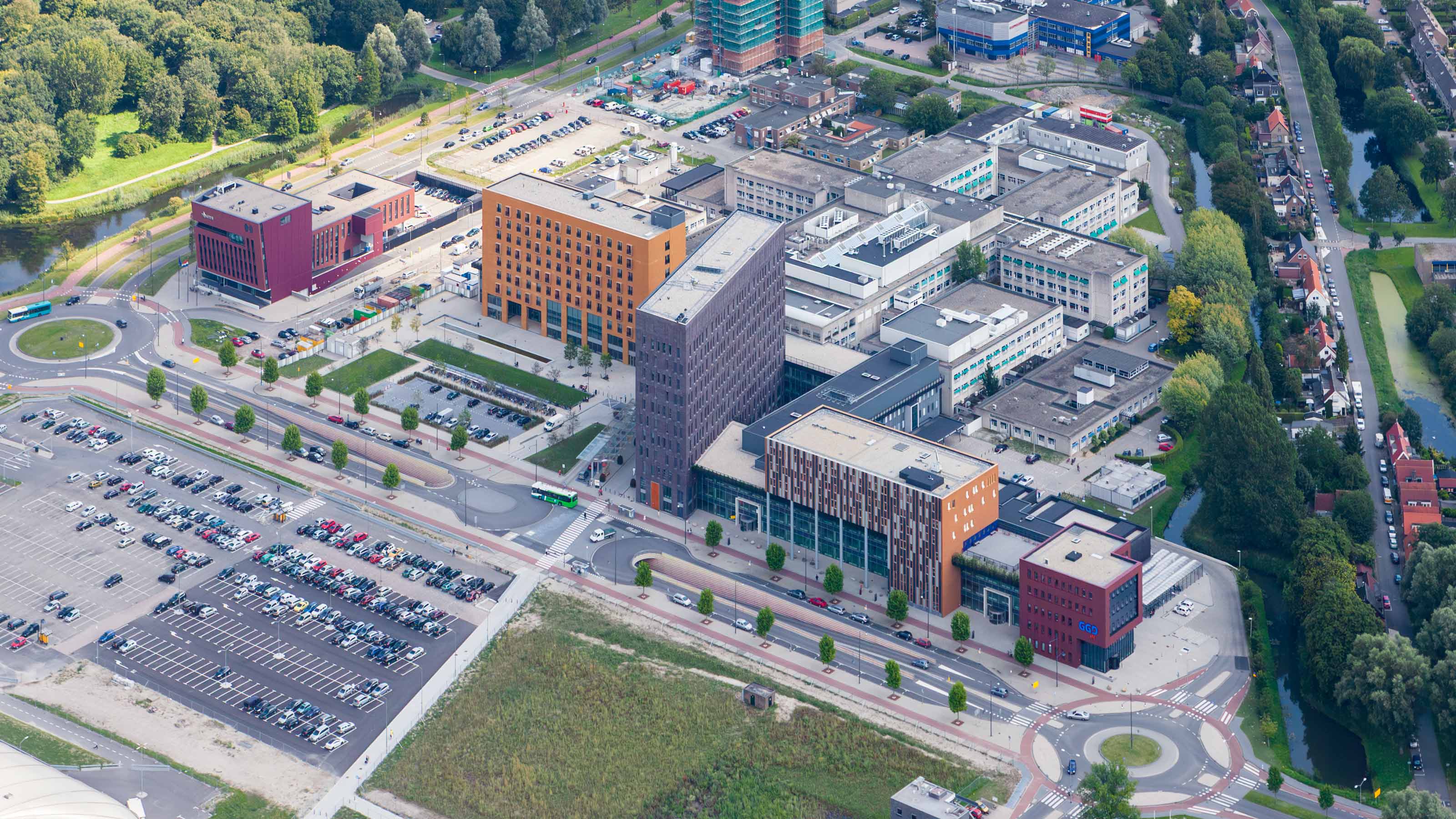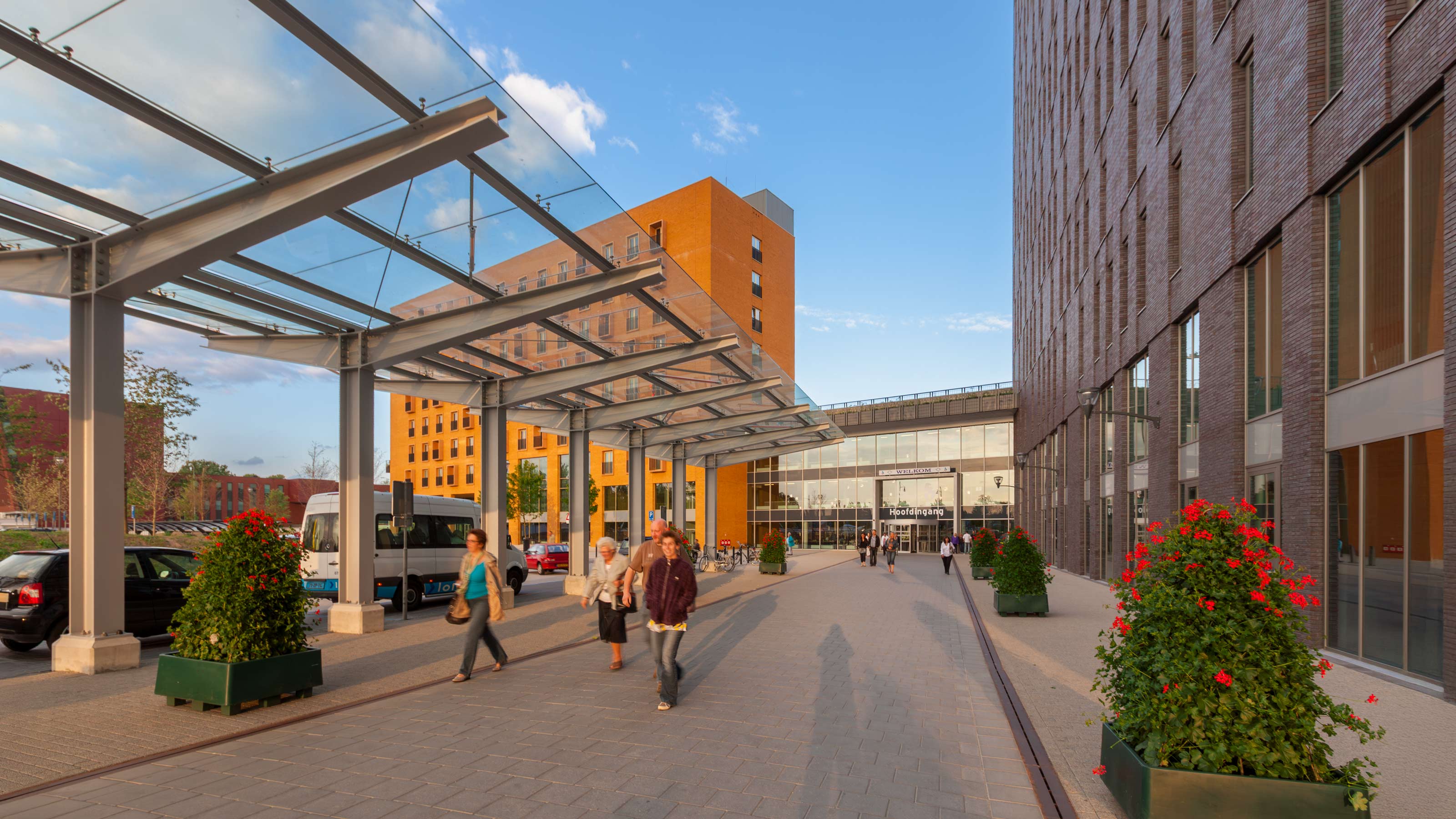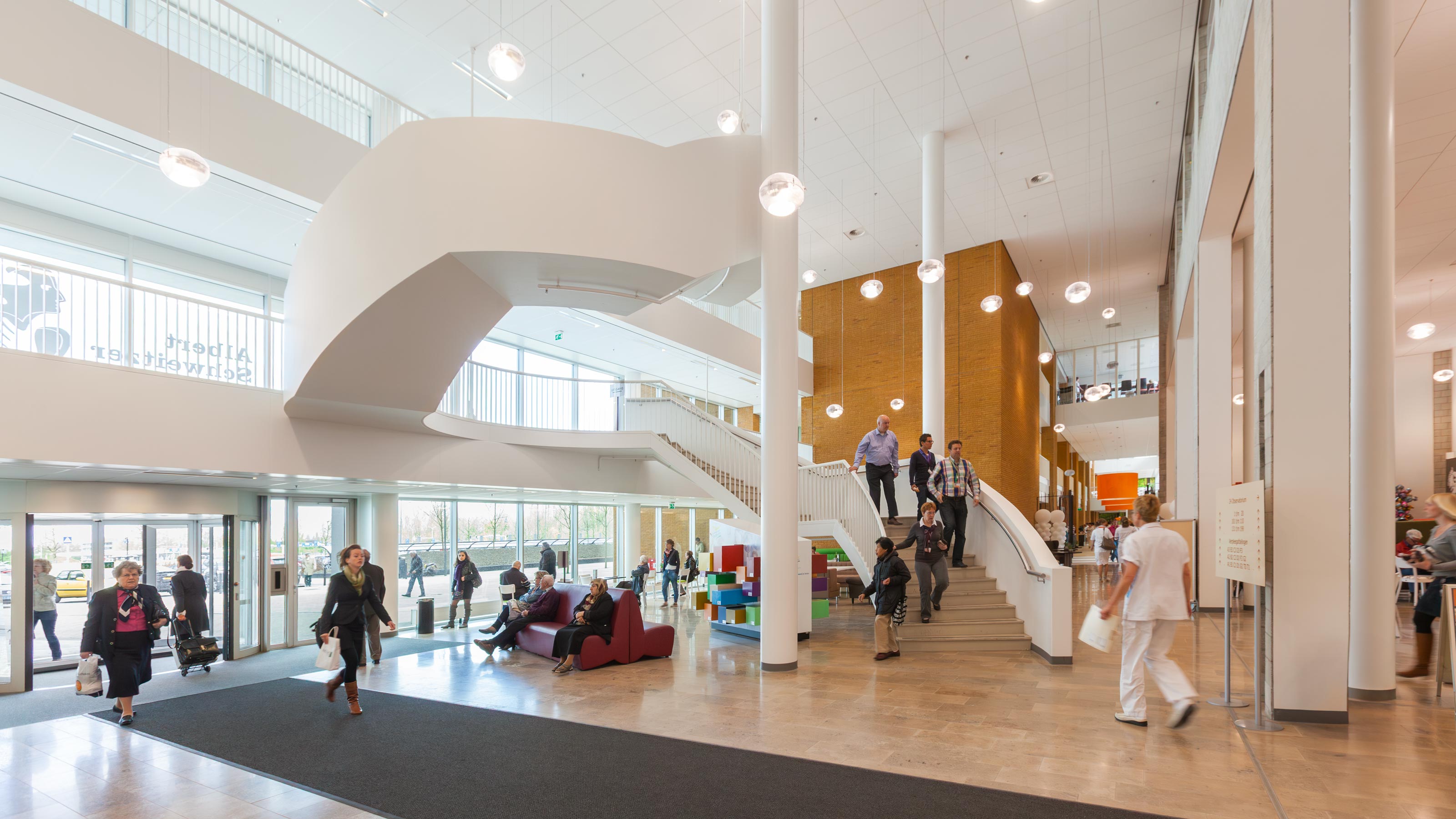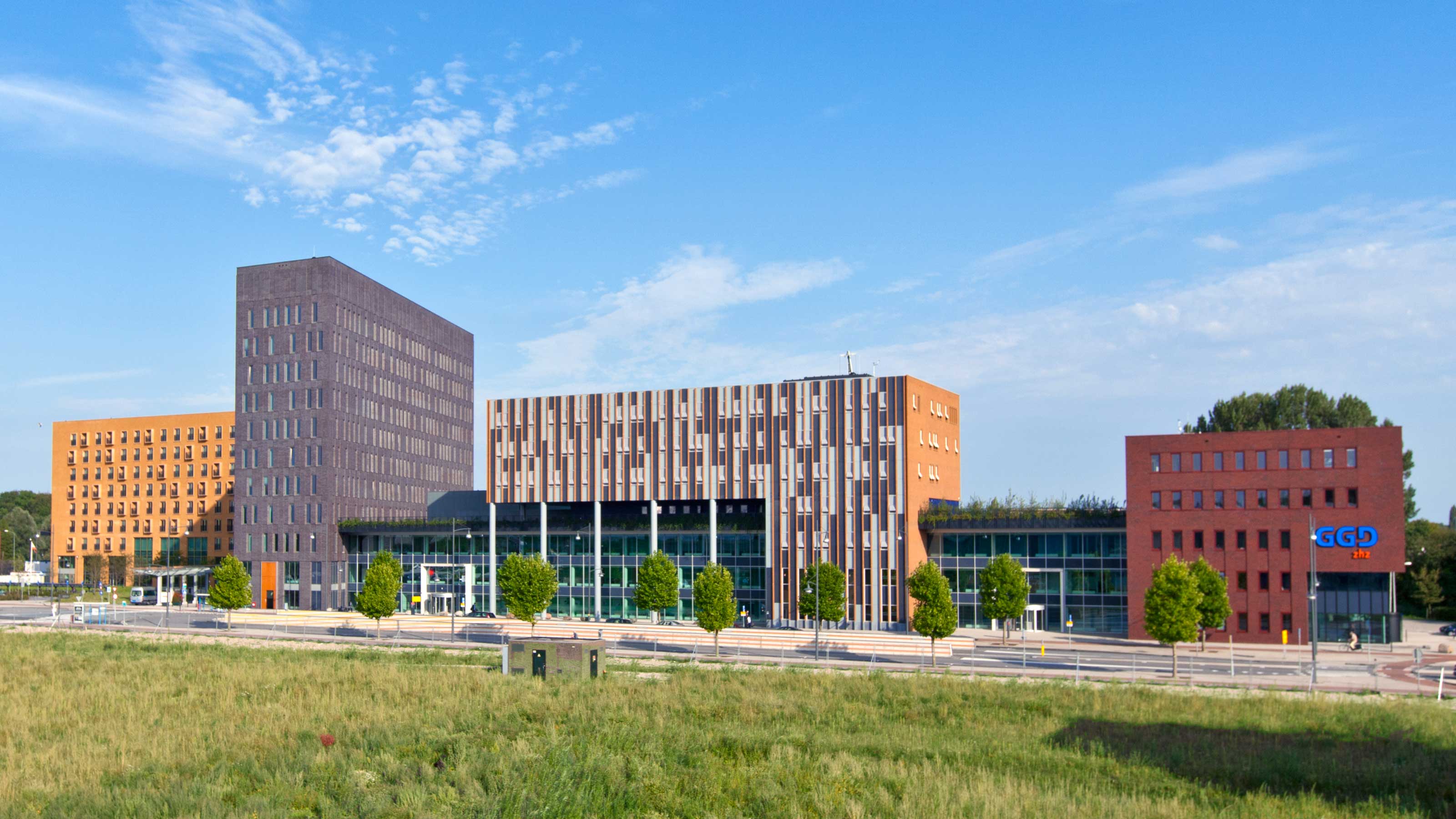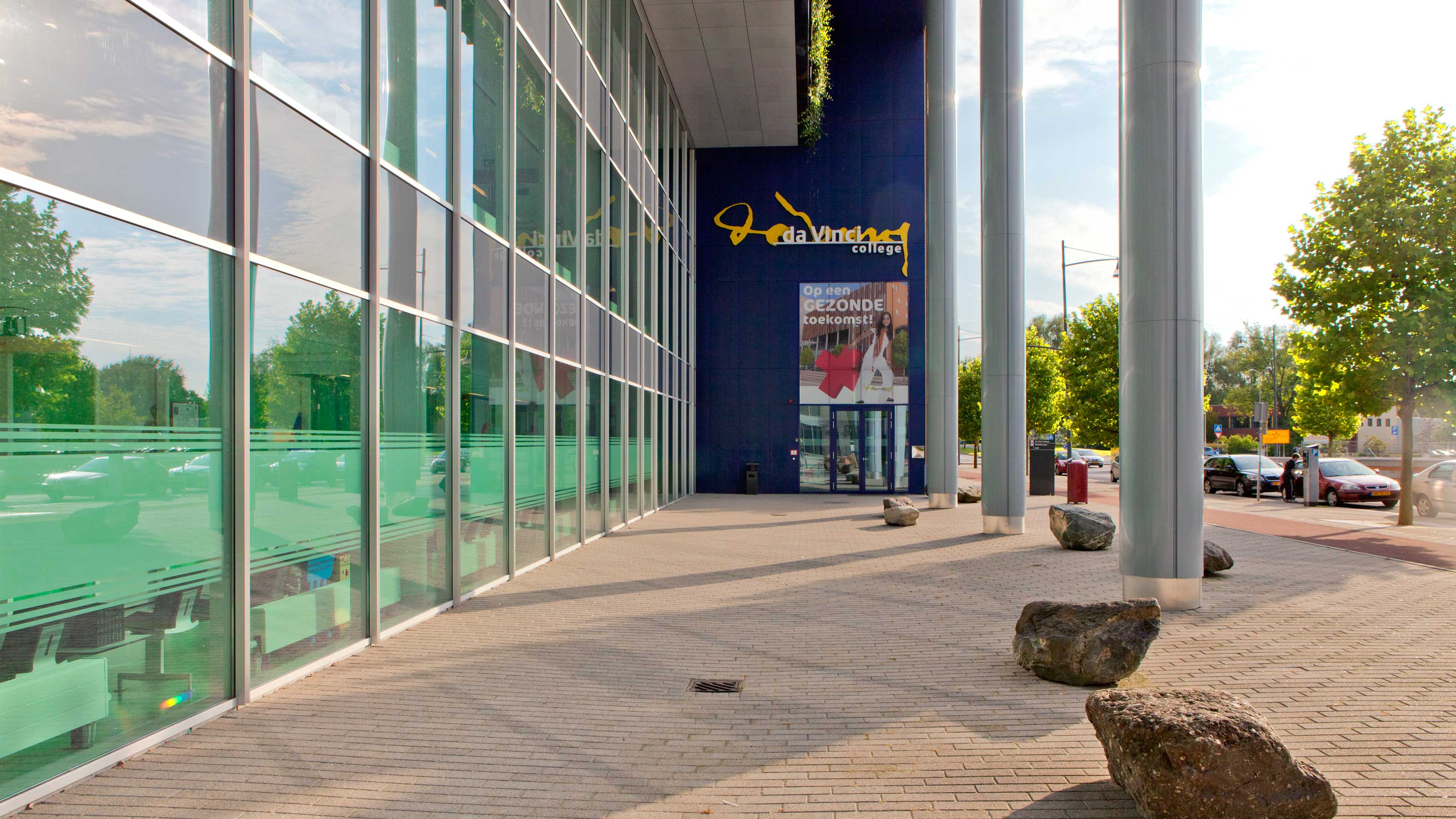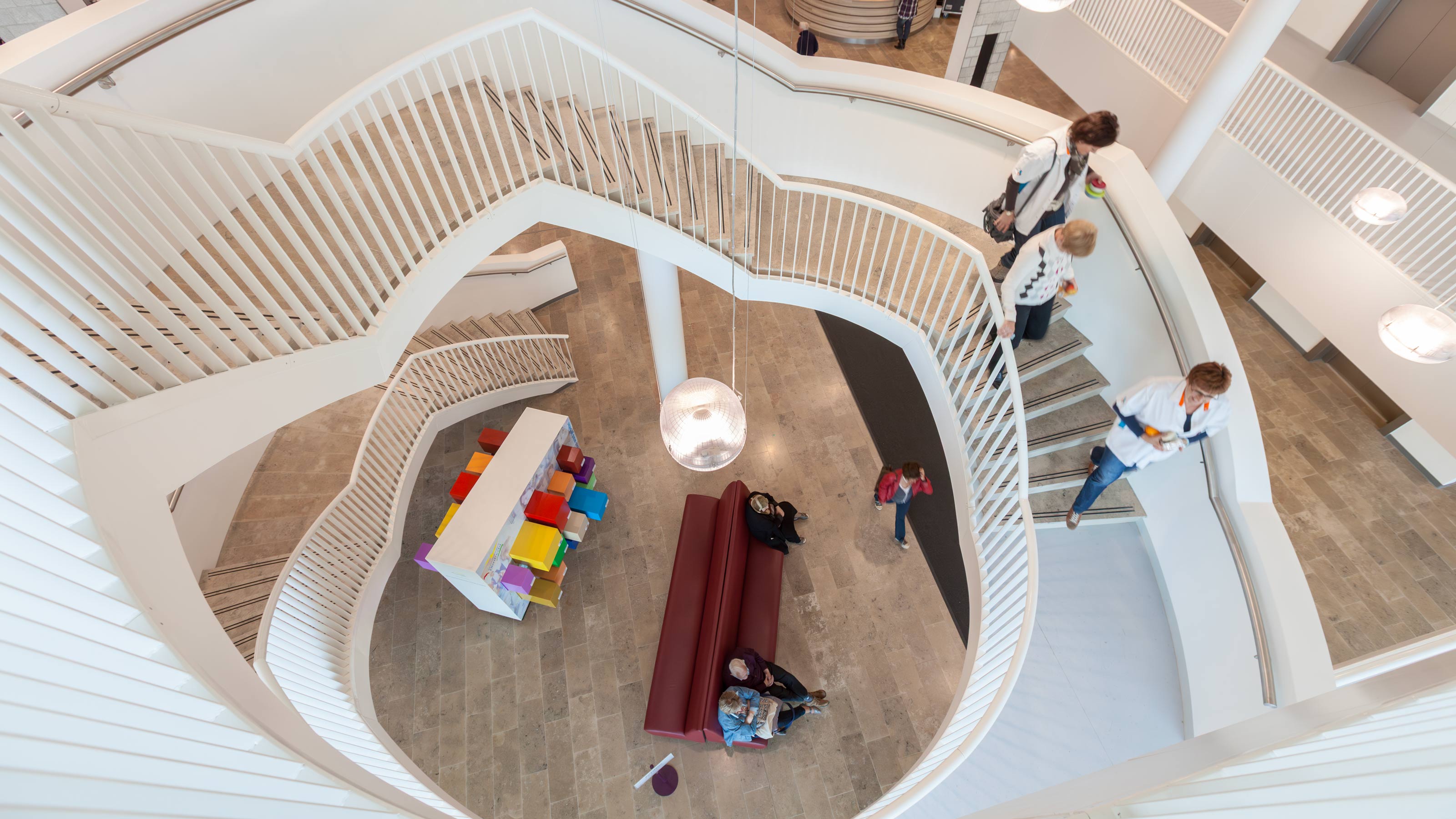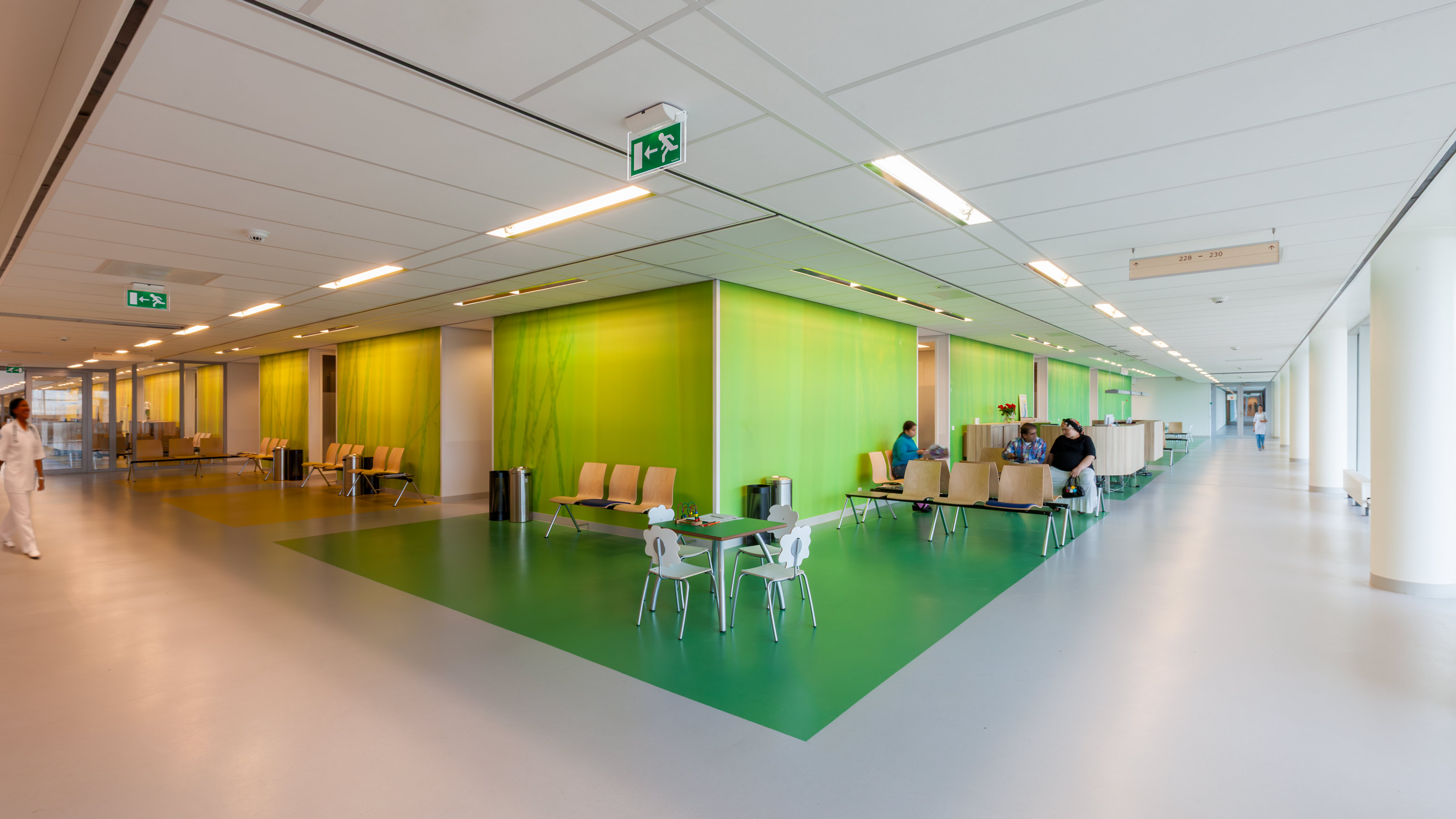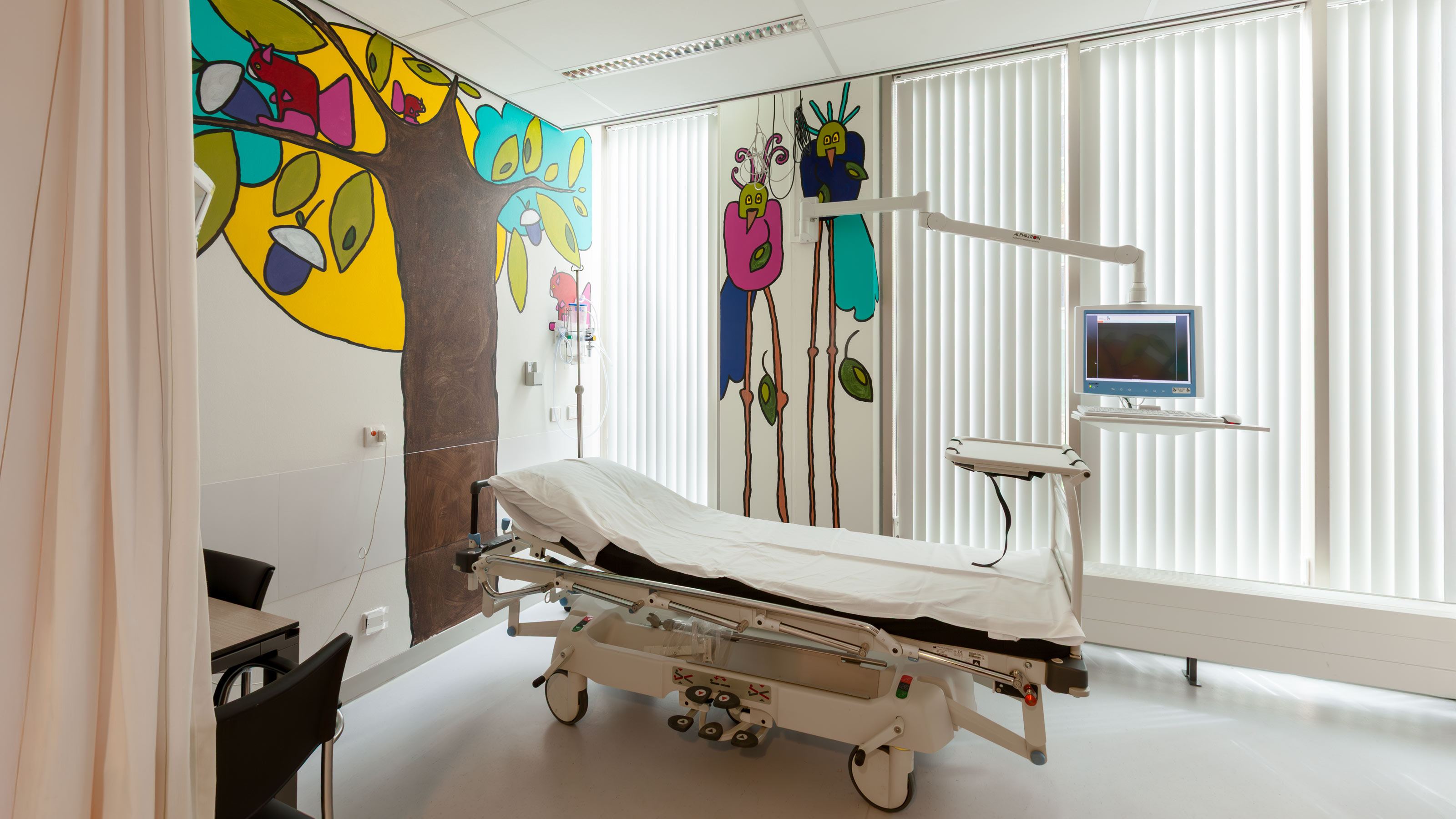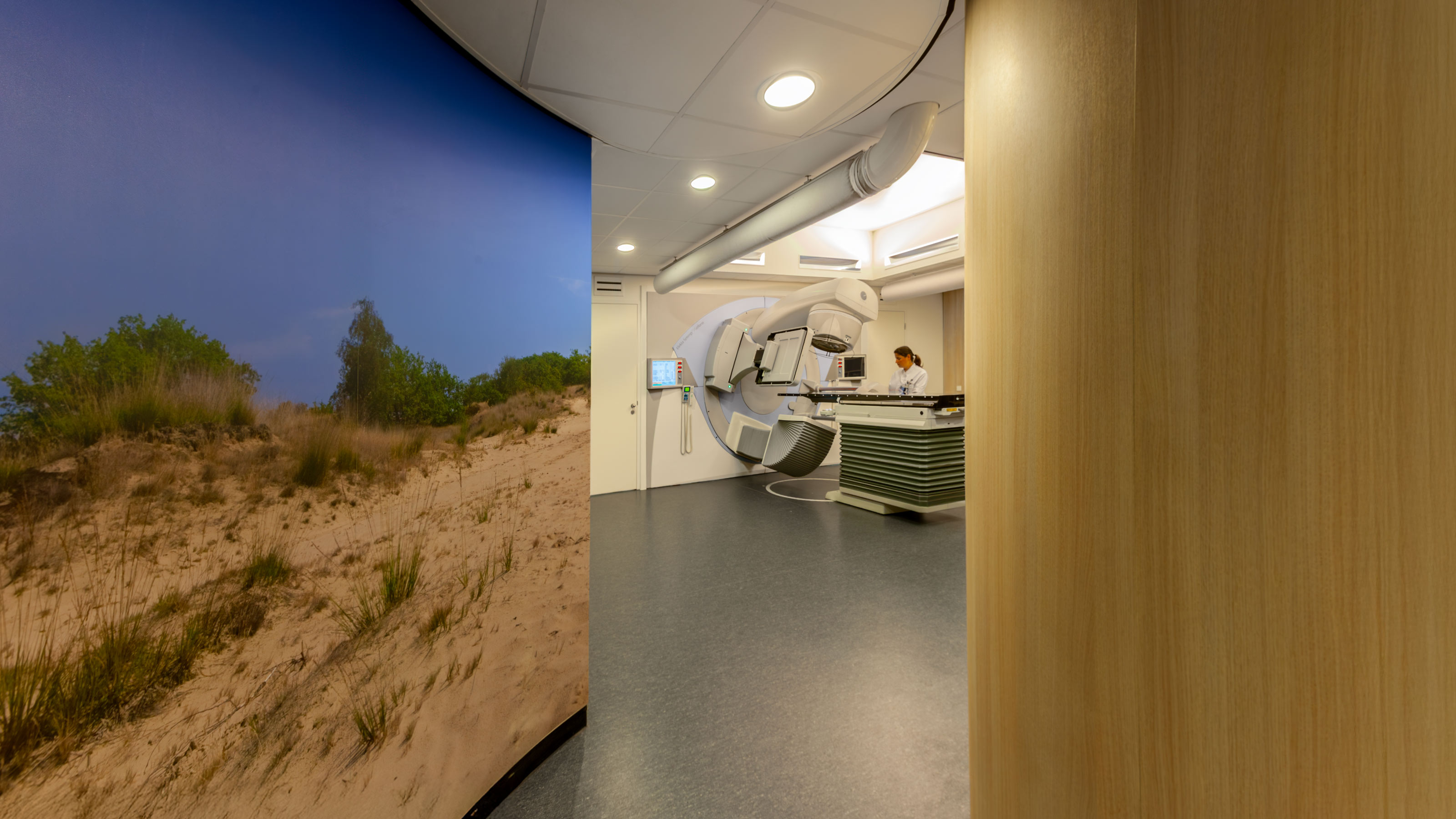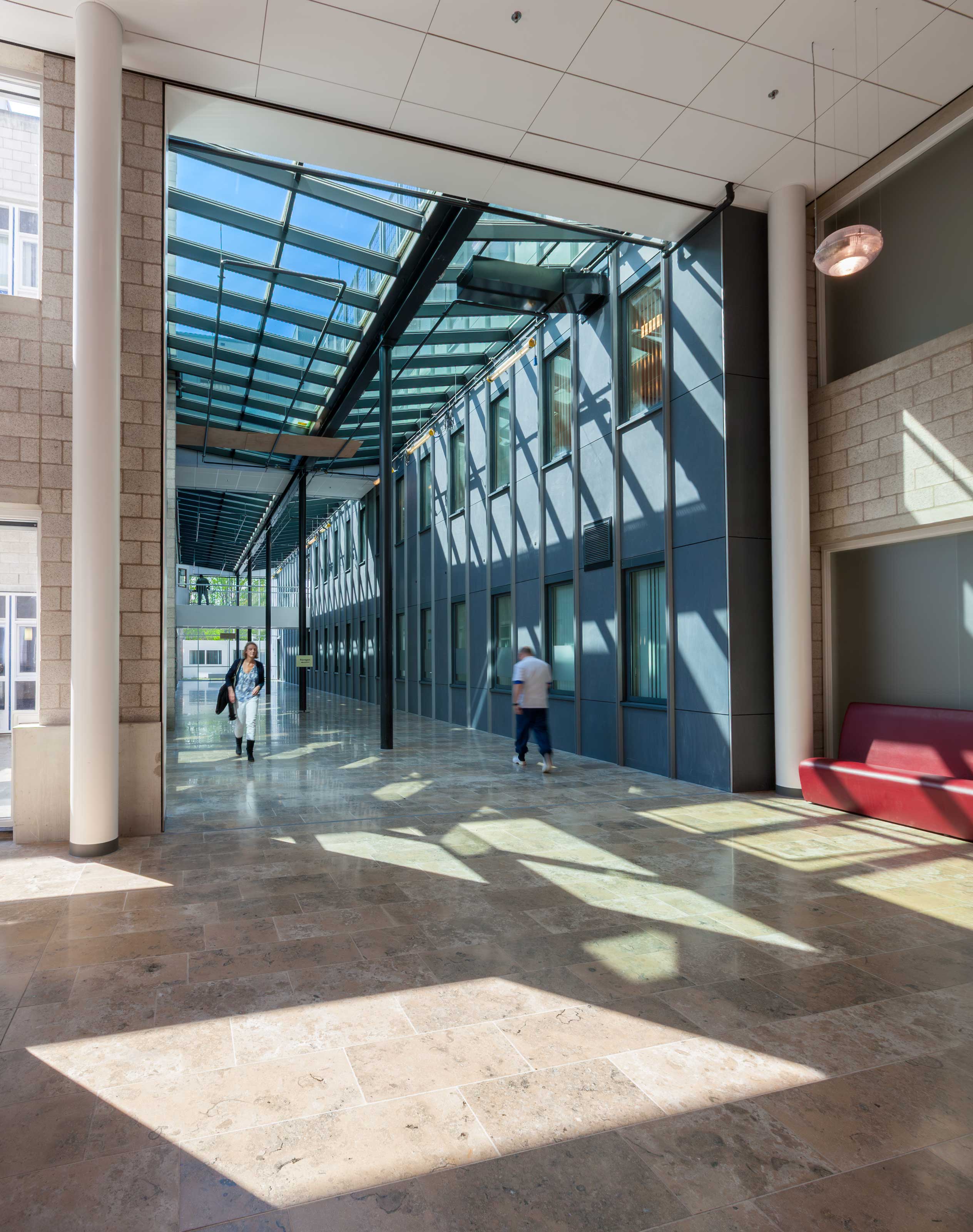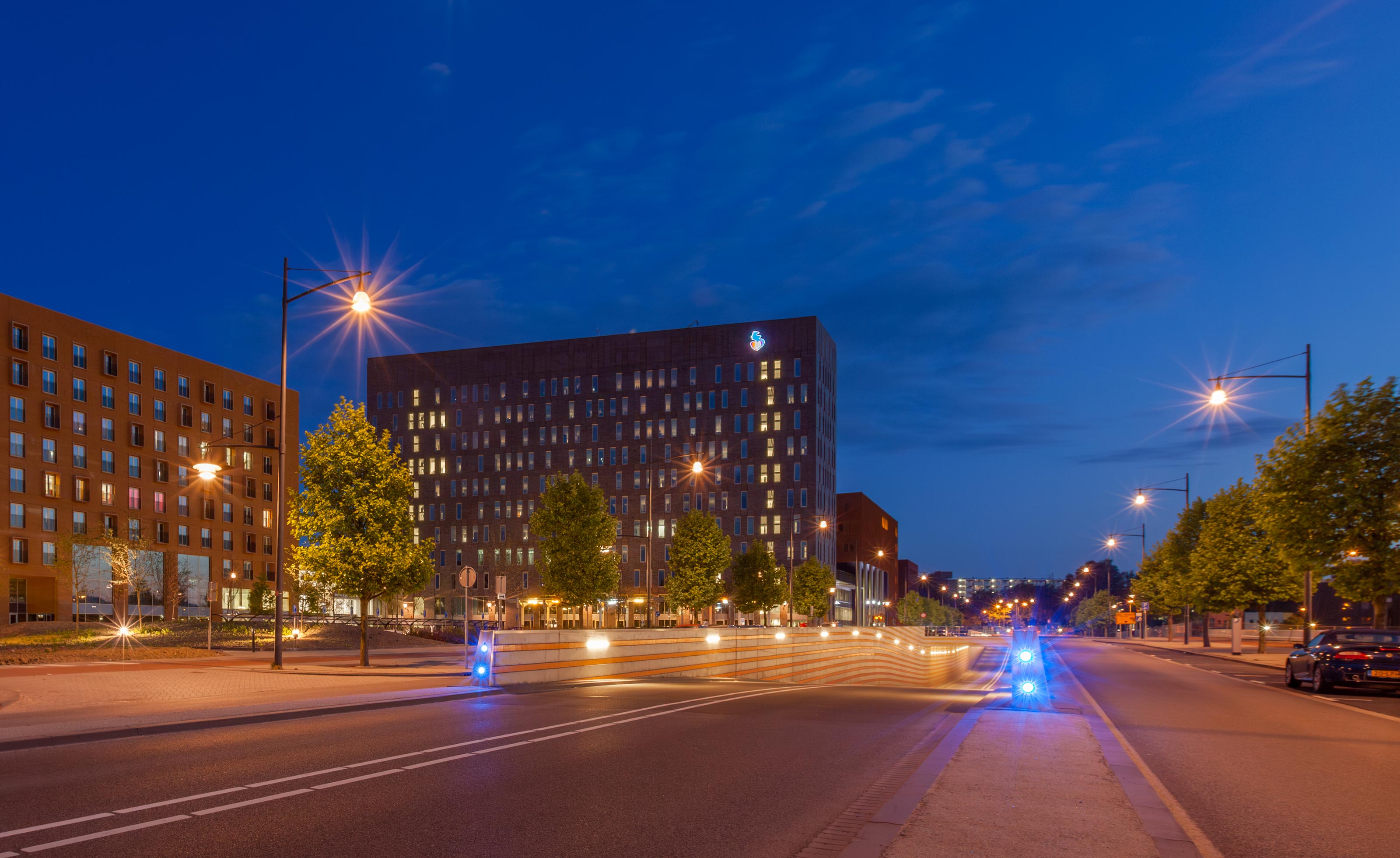
Albert Schweitzer Hospital
Healthcare boulevard with a unique combination of care and sport, Dordrecht
The hospital as a catalyst for a dynamic health park
The transformation of the hospital into a healthcare boulevard makes the connection between care and health literally visible. In Dordrecht, a unique synergy emerges between the hospital and sports facilities, interwoven within a vibrant boulevard featuring offices, housing, and shops. Each building has its own character, contributing to the urban identity and creating an attractive and future-proof health park.
View the entire projectThe new hospital plays a key role in the urban development of the area into a fully-fledged health park. The plan consists of three interconnected zones: the hospital zone, a multifunctional sports zone, and the Esplanade, a lively boulevard that connects the district. Each year, this new urban area attracts 2.5 million visitors, growing into a vital part of Dordrecht. The hospital serves as the driving force behind this innovative concept.
People-centred care in an extensive network
With four locations and an outpatient clinic, Albert Schweitzer Ziekenhuis is a key healthcare partner for the Zuid-Holland-Zuid region. In close collaboration with other organisations, the hospital provides a wide range of (care) services, fully aligned with its mission: ‘Providing care with heart and soul’. The Dordwijk location is no longer an autonomous institution but an integral part of a dynamic and diverse healthcare landscape. The new development supports and symbolises this transition, with a strong focus on human scale and hospitality.
A welcoming healthcare boulevard
The former Merwede Hospital has been transformed into a modern healthcare boulevard, where transparency and interaction are central. Functions have been restructured and reorganised, allowing the hospital to open itself up to its surroundings. On the north side, a light and transparent plinth building has been realised, housing essential medical services such as the emergency department, outpatient clinics, a knowledge centre, a GP surgery, and a radiotherapy unit affiliated with Erasmus MC - Daniel den Hoed.
Four standalone buildings above the plinth building accommodate a care hotel, offices, educational facilities, and public healthcare institutions. This diversity fosters interaction and cross-pollination between different users. The colour scheme in the interior – ranging from warm yellow and orange in the care hotel to cool green tones in the radiotherapy department – reflects the identity of the various functions and is visible from the outside through the transparent facades.
Buildings with a distinct identity
Each building within the healthcare boulevard has its own recognisable architecture. The variation in facade colours, inspired by the Dordrecht colour palette, gives each building a unique appearance while maintaining a cohesive whole. Through smart material choices and meticulous detailing, the buildings seamlessly integrate into the urban master plan.
The strategic positioning of the hospital has been carefully considered: the main entrance, housed in a prominent office building, marks the boulevard and naturally guides visitors towards the healthcare centre. This thoughtful integration establishes the hospital as the beating heart of a new, dynamic urban district – a place where health, care, and urban vitality come together.
